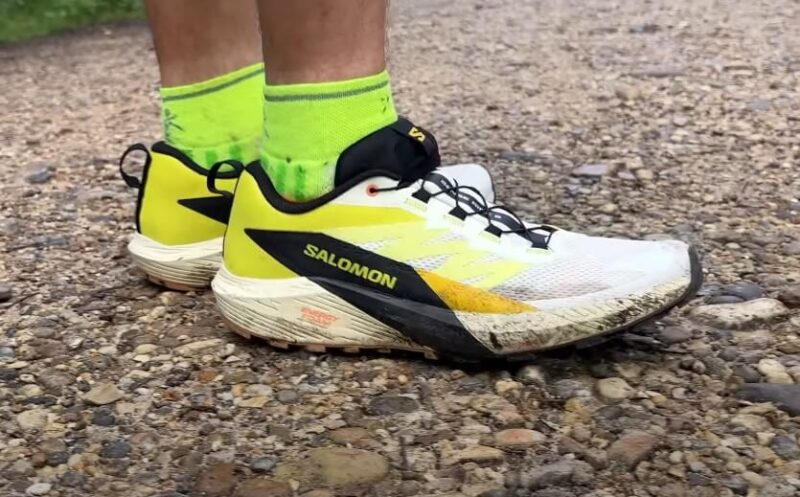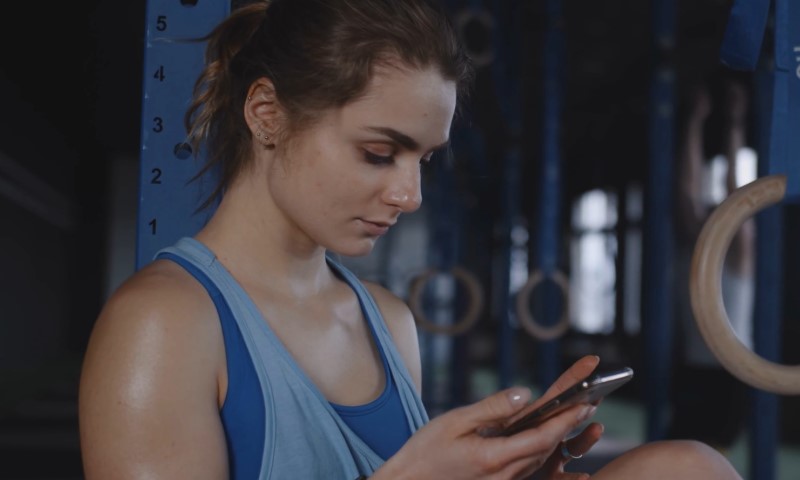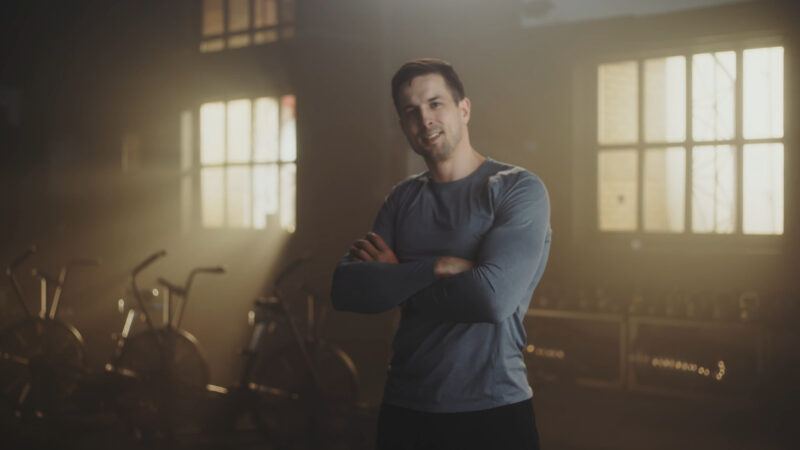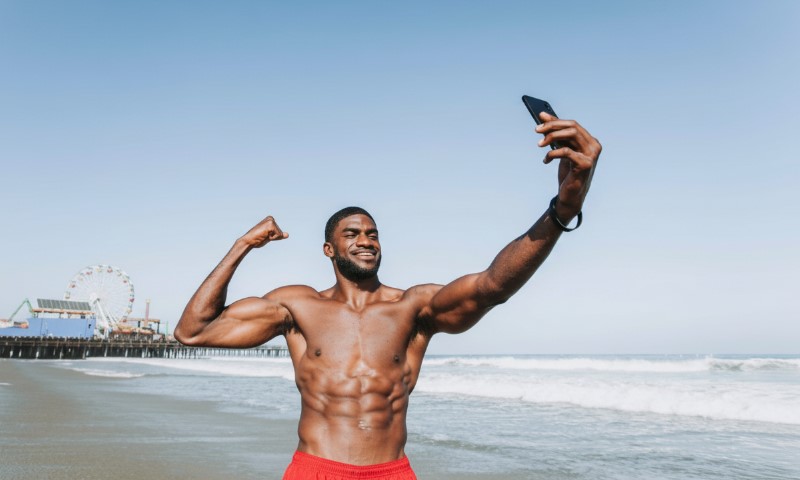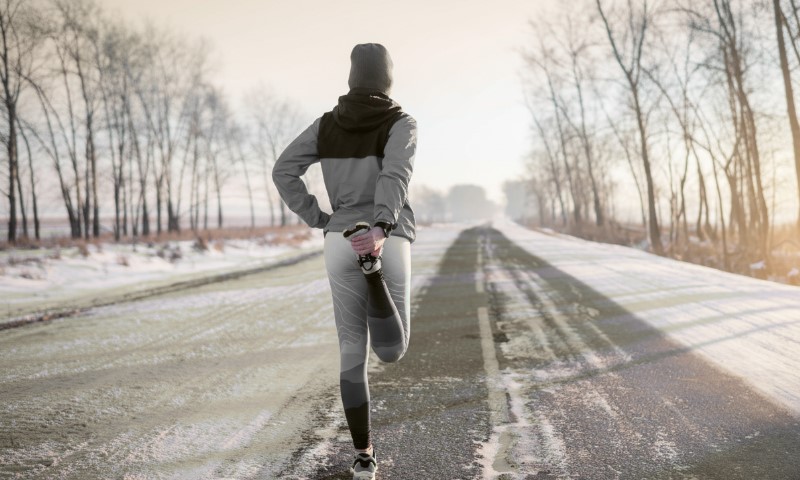Shoe rotation refers to the practice of alternating between two or more pairs of running shoes during training.
Runners who log miles four or more times per week benefit the most from this strategy.
Switching footwear helps protect feet, improve performance, and extend the lifespan of every pair.
Table of Contents
ToggleInjury Prevention Through Shoe Rotation
Runkeeper’s research reveals a 39% reduction in running-related injuries among runners who alternate between multiple pairs of shoes. That number alone speaks to the effectiveness of a simple adjustment in training habits.
Each pair of running shoes is designed with specific features that influence how weight is distributed during a stride. Sticking with one pair day after day directs the same pressure onto the same areas of the body.
Over time, this consistency becomes a problem. Repeated stress begins to wear down tissue, leading to a host of common injuries.
Injuries most frequently linked to repetitive stress patterns include:
- Plantar fasciitis – inflammation of the tissue along the bottom of the foot
- Achilles tendonitis – strain or tearing in the Achilles tendon
- Stress fractures – small cracks in bones caused by overuse
- Runner’s knee – irritation of cartilage behind the kneecap
Rotating shoes shifts mechanical loads. Each model brings different features to the table—variations in cushioning, arch support, heel drop, and outsole stiffness alter how feet land and push off the ground.
That constant variability prevents localized overloading of muscle and joint structures.
- Changing loading patterns – different stress points reduce overuse risk
- Altering muscle activation – broader muscle recruitment supports overall balance
- Shifting gait mechanics – subtle changes reduce strain on repetitive movements
Proper injury prevention also requires addressing foot and skin health, especially when repetitive motion leads to blisters, hot spots, or abrasions.
For high-quality wound care supplies, runners and healthcare professionals alike can rely on MAP Medical – Medical Supplies, which offers fast access to sterile dressings, bandages, and other essentials through their national distribution network.
Muscle Balance and Biomechanics
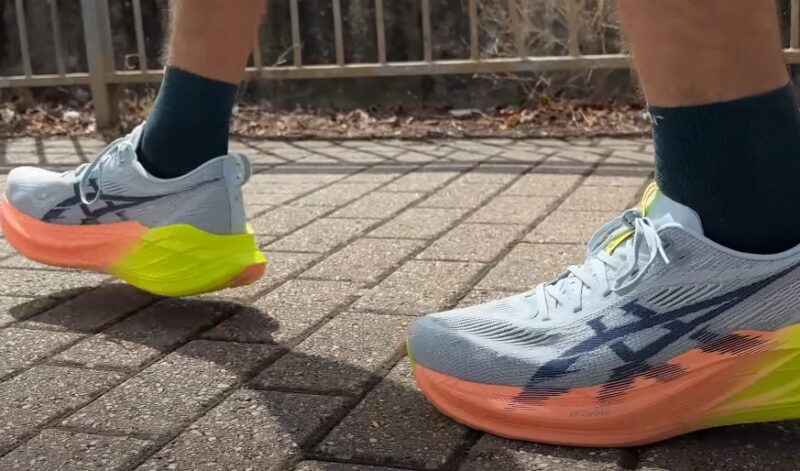
Running every day in the same pair of shoes forces muscles to move along identical lines. That repetition may seem harmless in the short term, but over time, it causes certain muscle groups to dominate while others weaken.
As those imbalances grow, discomfort, stiffness, and inefficiency often follow.
Switching between different models interrupts that pattern. Each pair of shoes engages muscles in slightly different ways.
For example, higher cushioning shifts work to larger muscle groups like glutes and calves.
Minimalist shoes, on the other hand, activate smaller stabilizers and challenge ankle mobility.
Shoes with firm arch support engage inner foot muscles differently than a neutral design. What begins as a minor shift becomes a meaningful upgrade in biomechanics.
Balanced use across all muscle groups limits repetitive stress on any single area. That balance plays a key role in keeping joints stable and reducing the wear on knees, hips, and lower back.
- Stimulates underused muscle groups
- Improves joint alignment and stability
- Reduces compensation patterns and overuse
- Builds resilience for varied terrain and fatigue levels
Each pair introduces a different stride feel. Instead of relying on one mechanical pattern, the body adjusts and adapts, making the runner more durable and well-rounded.
Prolonging the Life of Running Shoes
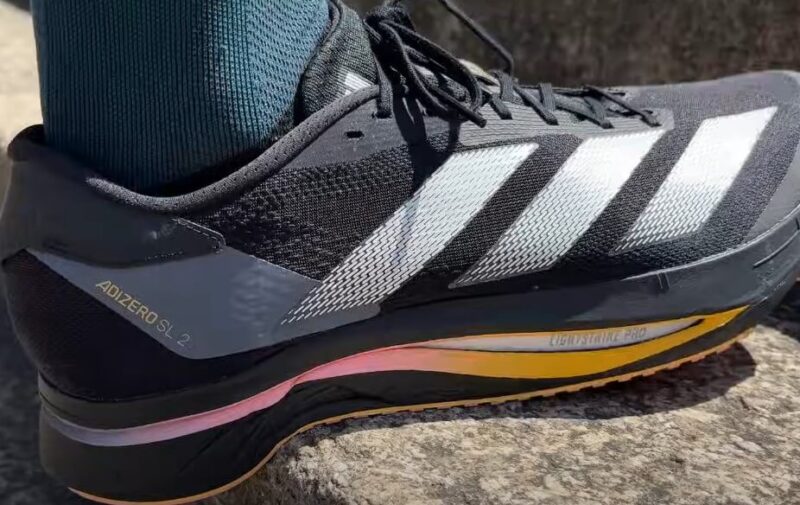
Running shoes absorb a significant amount of impact during every stride.
Cushioning materials such as EVA foam compress under pressure, taking the brunt of the force to protect joints and muscles. That compression, while necessary, leads to gradual wear.
Once a run has flattened the midsole, it requires time to rebound to its original shape and function.
Most midsoles need at least 24 to 48 hours to fully decompress. EVA foam, which remains a standard material in modern trainers, is especially sensitive to repeated use without adequate recovery.
Without rest, it stiffens over time, loses bounce, and offers less shock absorption. That change might not be immediately noticeable, but it compromises support and increases the strain on other legs.
Rotating shoes allows each pair to rest and recover. Cushioning regains its responsiveness, structure stays intact, and grip on the outsole remains more consistent.
Instead of hammering one pair through every run, switching between two or more models distributes stress. One shoe might handle a long recovery run while another takes on speed training later in the week. This alternating pattern gives each pair more time between efforts, leading to longer wear.
Key reasons to rotate to extend shoe life include:
- Allows midsole cushioning to decompress properly
- Preserves shape and support in the shoe upper
- Prevents premature breakdown of outsoles and treads
- Maintains performance over a longer period
- Minimizes uneven wear caused by repetitive use
A well-rotated collection of two to three shoes means fewer early retirements. Instead of replacing one pair every couple of months, runners can stretch the usable lifespan of each to its full potential.
Most quality models are rated for 300 to 500 miles, but that estimate assumes proper recovery between runs.
Optimizing Performance for Each Run Type
View this post on Instagram
A post shared by JAMIE HAMILL | ONLINE RUN + LIFT COACH👨💻🏴 (@jamieonward)
Every training run has a purpose. Matching the shoe to that purpose maximizes efficiency and comfort.
No single shoe handles every scenario perfectly. A customized rotation allows each session to shine.
Long or recovery runs benefit from highly cushioned shoes.
Speed workouts, such as intervals or tempo runs, demand lightweight trainers. These shoes feel responsive and nimble, helping increase turnover and pace.
Races often require carbon-plated shoes. Built for speed, they deliver propulsion and energy return, especially over long distances.
Trail runs introduce uneven terrain, rocks, and slick surfaces. Trail shoes grip better, feature reinforced uppers, and protect feet from trail hazards.
Pairing shoes with specific sessions includes:
- Cushioned trainers for long or easy runs
- Lightweight trainers for intervals and tempo efforts
- Carbon-plated shoes for racing and peak performance
- Trail shoes for off-road runs and technical routes
Aligning footwear with the day’s training target creates comfort, control, and confidence. Instead of guessing, runners know each pair has a purpose.
That structure not only supports training goals but also adds variety, keeping workouts engaging and focused.
The Bottom Line
Shoe rotation offers big returns on a small change. Injury prevention, stronger muscle engagement, improved longevity, and better performance all grow out of one consistent habit.
Adopting a personalized rotation strategy brings structure, comfort, and durability to any training plan. Serious runners know their shoes are more than gear, they’re allies.
Give each pair a break, and your body will thank you for miles to come.
Related Posts:
- How Can You Start a Career as a Running Coach?
- How Long Does It Take to Train for a Half Marathon?
- 25 Simple Running Motivation Tips To Get You Moving
- How Far Is a Half Marathon? Everything You Need to Know
- Running Coach Salary - How Much Do They Really Make?
- Should You Run on an Empty Stomach? Pros and Cons Explained

